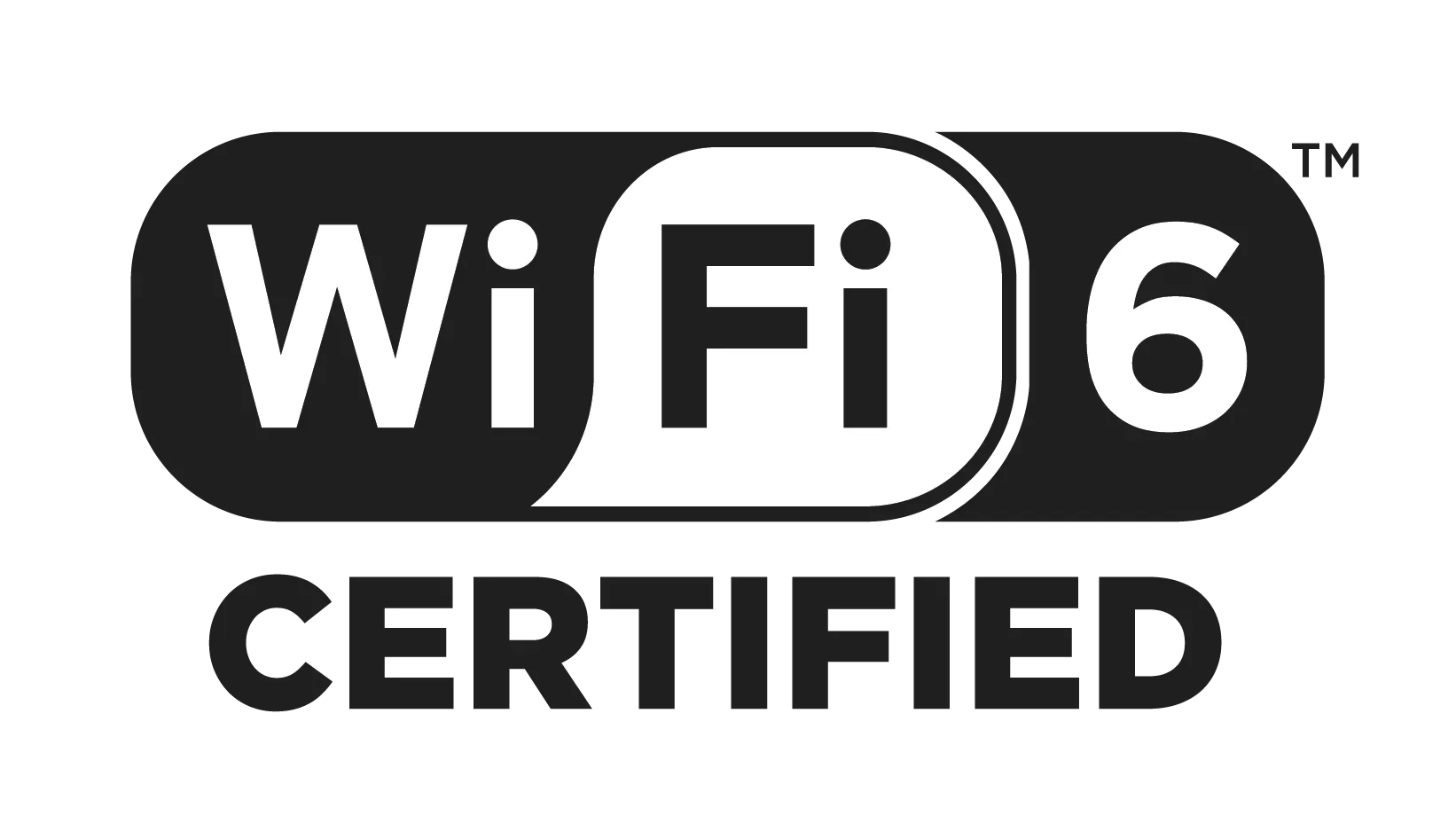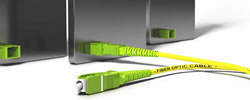What is Wi-Fi 6 and Why is It Important?

Wi-Fi 6, also known in its technical form as 802.11AX is the successor to the most widespread current Wi-Fi protocol now deployed, which is 802.11AC, or Wireless AC. Wi-Fi 6 is an upgrade in theoretical speeds to be sure but is also designed to improve performance when utilized by multiple devices. I’m sure that your household is no different than mine, in that many devices are trying to access the Wi-Fi connection all at once. This includes laptops, phones, tablets, gaming consoles, vacuums, on and on the list goes. Even back in 2018, the average number of devices connecting in a home was over 9. Now, with more people working and playing from home, that number is even higher.

So, while the theoretical speed increase from 3.5 GBPS to almost 10 GBPS is definitely there, the importance of Wi-Fi 6 may be more about multiple devices sharing that bandwidth effectively. Currently, as more devices connect to a Wi-Fi router, speeds are impacted as additional devices demand the horsepower of the router. This improvement is accomplished partially by using a technology called MU-MIMO or Multi-user multiple-input multiple-output. Basically it allows multiple sessions or streams to be established for input and output of data using multiple antennas. Orthogonal Frequency-Division Multiple Access or OFDMA is another technology used to better manage data streams, albeit for different applications. Both include the bi-directional function of this technology, providing for an overall improvement in speed and stability. So the bottom line is that you get a faster and more reliable connection with Wi-Fi 6.
How Do I Know If I Have Wi-Fi 6?
Keep in mind that like any Wi-Fi standard, the major benefit of Wi-Fi 6 comes when both devices connecting have the upgraded standard. So, if you purchased a new mobile phone or a new laptop in the last 12 months, there is a good chance that you have a Wi-Fi 6 device or “client”. It’s called a client device since it connects to a router to reach the internet or internal network. This means that your new Wi-Fi 6 Galaxy Note 20 or iPhone 12 isn’t going to fully utilize Wi-Fi 6 unless your router is also equipped with Wi-Fi 6. So, the first order of business is to purchase a Wi-Fi 6 router or get a Wi-Fi 6-enabled device from your service provider. From there you can check your client devices. You can check the documentation on the provider or vendor website and look for the logo above from the Wi-Fi Alliance to see if your device is so equipped. But don’t worry, these devices are all backward compatible. So whether your new phone is Wi-Fi 6 and your router is Wi-Fi 5 (AC) or vice-versa, everything will still work. It just won’t take full advantage of the feature set of Wi-Fi 6.

Service-Provider Testing Challenges
As mentioned above, one way to get a Wi-Fi 6 capable device is from a service provider, like your cable operator or local telecom. Providers supply this equipment either as part of the service or at an additional charge as a leased device. However, providers face a challenge in testing devices before issuing them to their customers. Customers leasing a Wi-Fi 6 device and buying a high-speed internet subscription expect to receive these high speeds on all of their devices. For providers, they need a way to test a device before issuing it to a customer. Device testers such as Promptlink CPE ATLAS meet this need by offering a shielded Wi-Fi test environment that is designed to allow for high-speed Wi-Fi devices (including Wi-Fi 6) to be tested in large quantities. This test includes Wi-Fi bandwidth metering designed to guarantee maximum speeds to all users.
For more information about Wi-Fi 6 testing, please contact us.
What is Wi-Fi 7? The New, Faster Standard
Trends in Set-Top Box Deployments
How Network NoiseHawkAI Is Changing Network Monitoring
Deciding if Automated Testing is Right for Your Application
Using AI Technology to Automate Pinpointing Upstream Noise
Pandemic-Related Component Shortages and the Impact Across the Broadband Industry
What is Wi-Fi 6 and Why is It Important?
What is CPE and Why Does It Matter?
Rural Broadband and FCC Expansion Explained
The Challenges of Monitoring Upstream Noise in a Remote PHY Environment
Why Promptlink Automated STB Solution is Right for You
What is broadband network noise and why is it difficult to find?
How Do You Measure Network Health and Performance









